The most asked question about aquaponics is “What is aquaponics?” But a close runner up and usually follows the answer to the first by about 2.362518 seconds is “Why aquaponics?”
While the question does offer the opportunity for one to climb on the soap box and wax endlessly about the challenges and irresponsibilities of the modern agricultural industry complex, I think I’ll approach it on more of a personal level. For me, it’s about solving problems and overcoming challenges.
Challenges like find a sustainable way of providing fresh, clean produce for our family without the nasty pesticides and petroleum based fertilizers that cover most produce found in your local supermarket. Things like celery which are covered with so many chemicals it has landed at number 2 on the dirty dozen food list. By the way 6 of the dirty dozen are easily grown in an aquaponics system. Fresh clean and naturally grown!
Or overcoming challenges of traditional agriculture like dependency on oil, and high water consumption. Currently the agriculture industry is the second highest consumer of oil in the United States. Everything on a farm depends on it from equipment, to fertilizers and pesticides to shipping and processing. Agricultural accounts for the single highest user of the worlds fresh water supply, yet traditional methods of watering fields are some of the least effective ways of delivering water to plants. Much of the water bypasses the plants and washes chemicals into the soil.
Sorry, let me get off the soap box.
Aquaponics in it’s modern form, is the result of a search for a solution to a problem in the aquaculture field. Dr. James Rakocy, often referred to as the Father of US Aquaponics, did his doctoral thesis on the theory of using plants to remove nitrates from fish tanks. Fish farms were replacing 5-10% of their water daily. That’s a lot of water! He was responsible for the marriage of aquaculture (the raising of fish) and hydroponics (growing of plants in flowing water) that lead the way to massive reduction in water usage by his University of Virgin Islands aquaculture system and produced some amazing growth in plants.
When I started doing my research into hydroponics, gardening and eventually aquaponics, I quickly realized aquaponics mimics a natural ecosystem the closest. It reduces water use by recirculating it in a closed loop. Eliminates the use of petroleum based fertilizers and pesticides as they are harmful, if not deadly, to the fish. And the energy required to run the system can easily be provided by a small solar panel, or a health club power generating treadmill for those of you inclined to get a good workout in while growing your food.
Sounds too good to be true, doesn’t it?
So why haven’t more people taken the plunge? I theorize most people don’t know the “how” and think the startup cost can be prohibitive. Over the next few articles I will provide you with the basic principles and “how to” of aquaponics. And show you some reasonable examples of cost effective materials. Soon you’ll be building your own kitchen system with a small used aquarium from a garage sale, a few goldfish, and an old plastic wash basin. How fun!
Our System Update:
See these guys?
These are 125 Koi fish and they are the new engine of our system. We still have a few Tilapia in there too, but we found the Tilapia stopped eating when the water dropped to around 70 degrees. Fish not eating = very little nutrients for plants. Not good. Koi have a wider temperature range and therefore reduce the energy requirements of heating the water in the winter time here in Florida. 125 Full grown Koi will be more than required for our system, so we plan on using some to stock our pond, and will sell off some as they mature. Anyone need any Koi?
With so many tiny hungry mouths eating lots of fish food, I noticed we were getting a build up of fish solids (aka fish poop) in the sump tank. While a simple sweep with a broom would solve the problem by stirring up the solids and eventually they would find their way to the grow beds, I decided to build a simple radial flow filter to collect the large solids. Don’t worry, we plan on using them in our raised beds as they make excellent fertilizer.
Looks fancy don’t it?
In preparation for summer coming, I also installed our summer shade over the fish tank. It will help keep the fish water cooler. Cooler fish under shade makes happy fish!
It’s easily removed and will provide a place for shelter from the hot summer sun for us as well. I am planning on installing shade cloth over the grow beds to help prevent the plants from getting roasted.
That’s all for now….
PS – I think we should change the name of the site from Steamy Kitchen to Scott’s Aquaponics! What do you think?


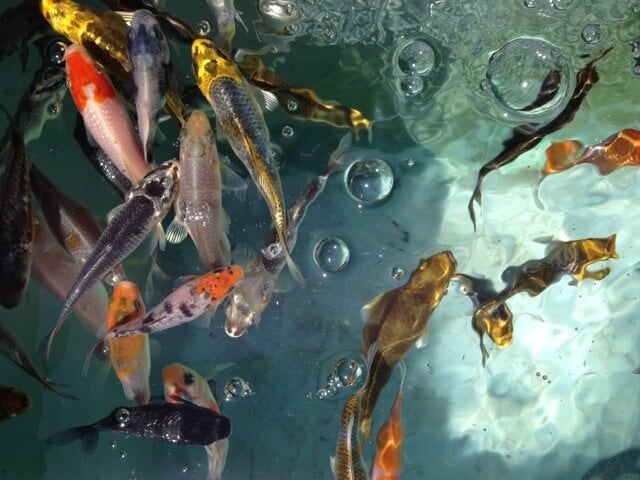
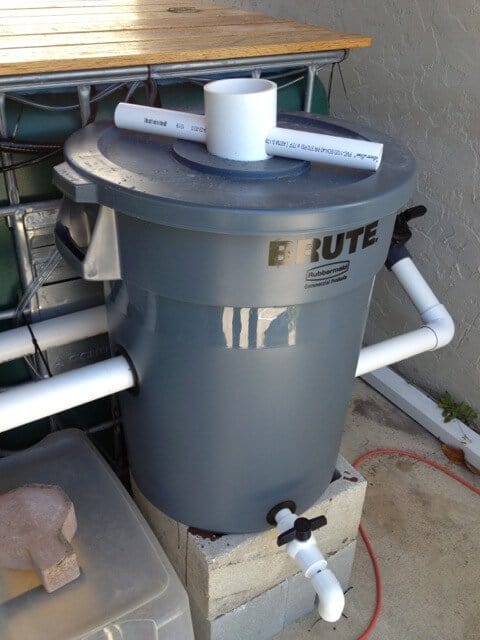
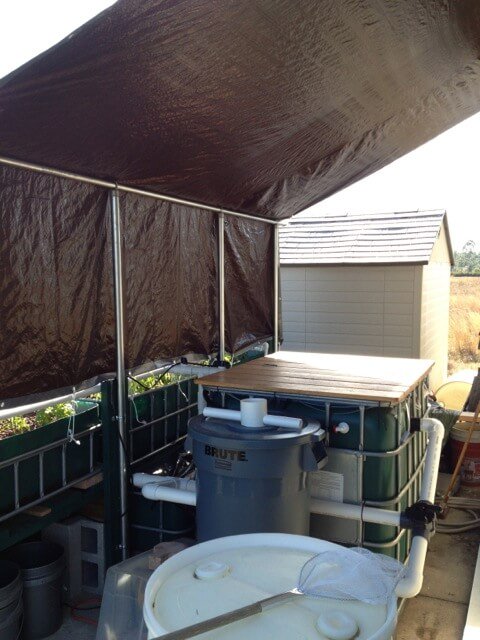

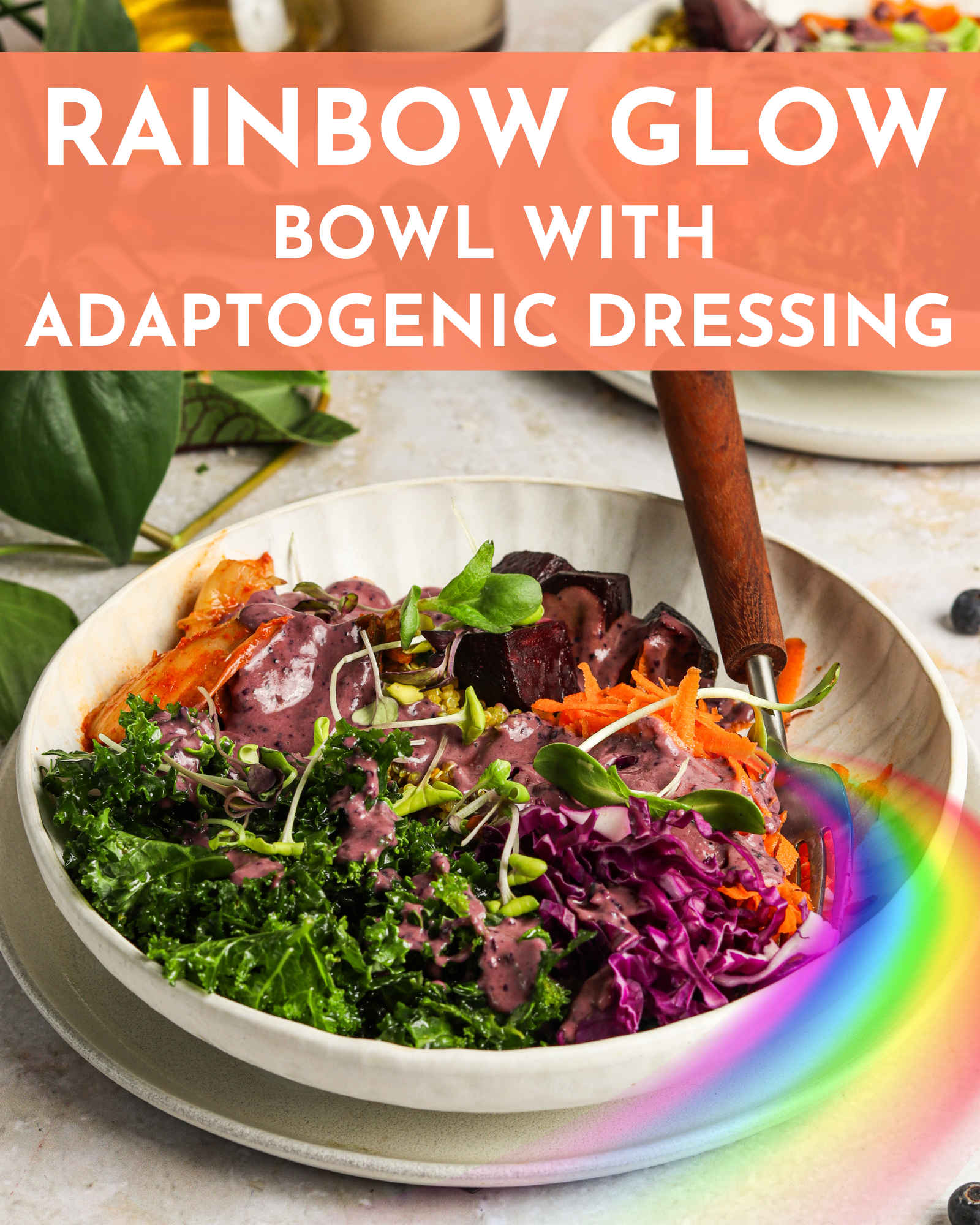
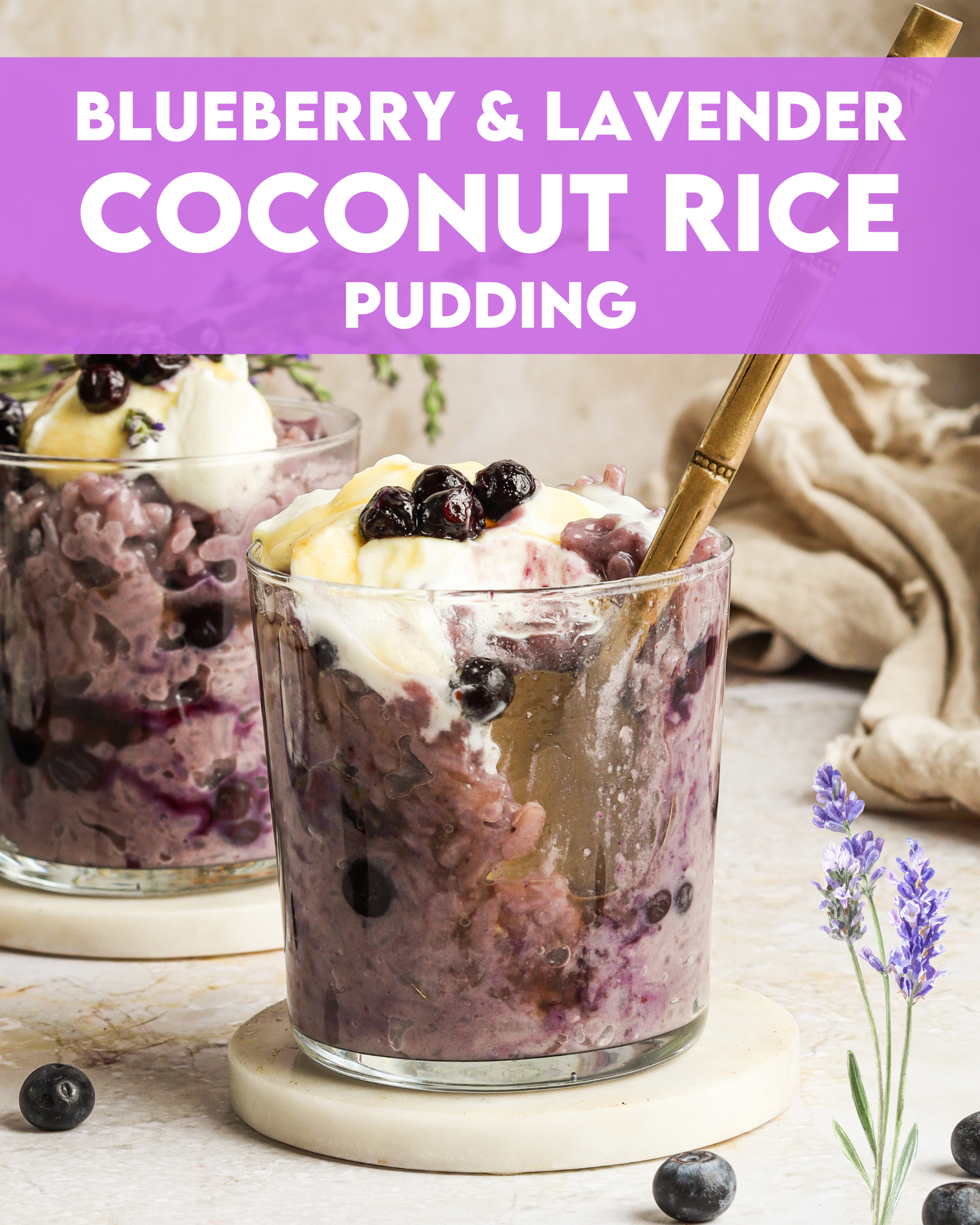
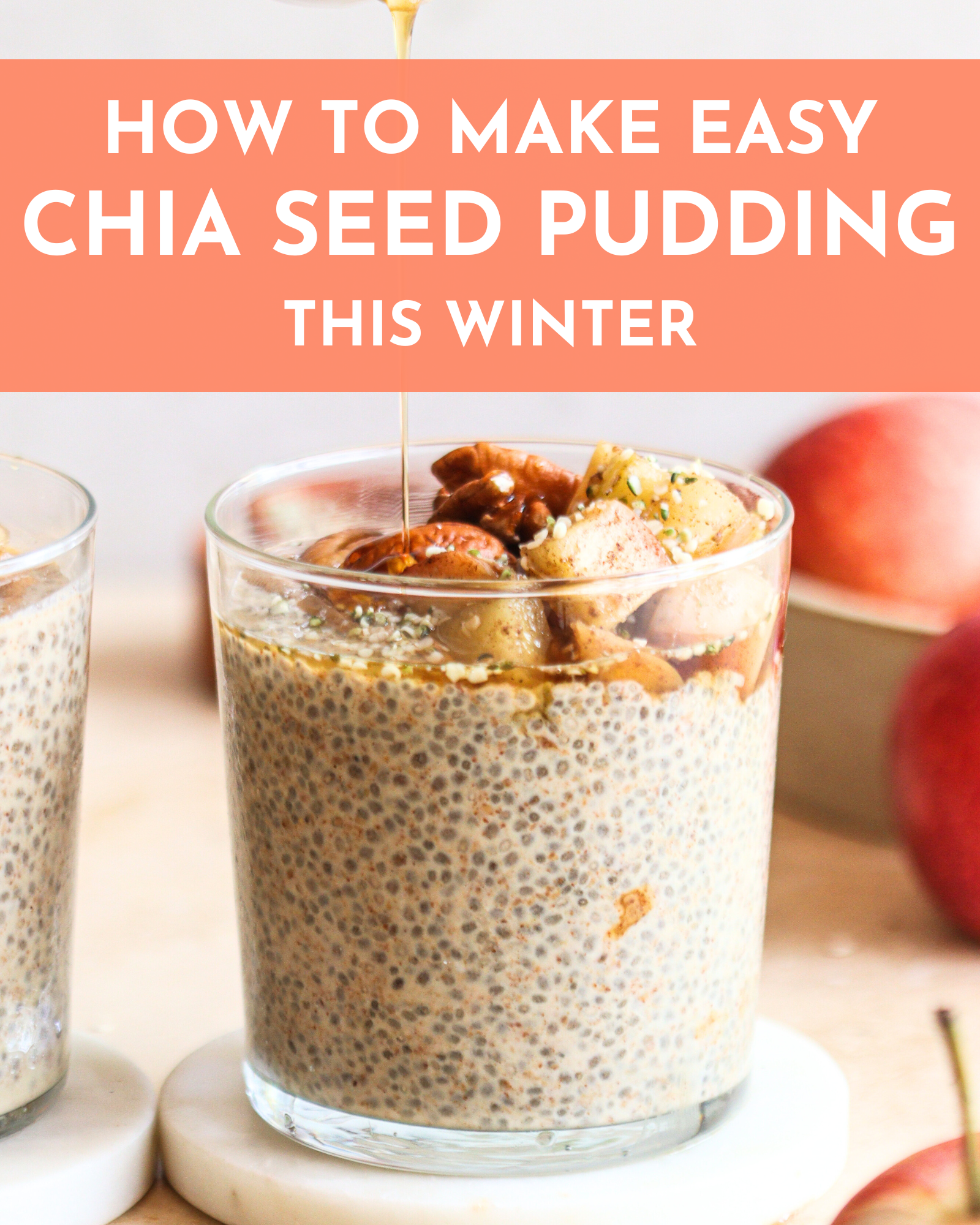
Thanks for sharing Scott, your aquaponics system looks interesting, easy set up process for beginners…
There is so much info online and most of it can be quite technical.
My aquaponics garden is now thriving through trial and error using a few systems.
Mark Davies
Christchurch
http://aquaponicsgardeningsystem.net
Hey Mark,
My name is Josh Hilton. I am a gardener out in little river, banks peninsula, and help grow fresh produce for a local cafe in town. Ive been really interested in aquaponics for awhile now, and am thinking about building a small system with a few goldfish, hopefully eventually leading to something on a bigger scale. I was wondering if you would;’t mind If i could please come and check out your system, as I’ve watched heaps of youtube video’s, but I’m sure nothing can beat looking at in real life… if so, please email me,
Cheers
Josh
Pat, if your daughter has any questions, please feel free to send them my way. I will answer them as best as possible or get an answer from someone in the aquaponics community.
Hi Curt,
I keep my koi/goldfish pond stocked with water hyacinth in the warm months. The fish will eat them when they get hungry. In fact, sometimes they sort of swarm over a plant and basically devour it, like sharks. They’ll eat the roots too. Sometimes that’s how I notice that the plants are getting eaten, they start to die because the fish have eaten the roots!
These people are spewing bad information. Beware. It’s people like this that make a bad name for good food.
Go to real credentialed individuals if you care at all about your health.
This is garbage. Anyone can order home growing kits….
Hi Scott, what a coincidence that my daughter , a 9th grader in an International Baccaleaureate (IB) school in Dallas, TX is doing Aquaponics for her personal project. Would you be kind enough to be her mentor if she has questions? Please email me separately and let me know.
Thanks,
Pat
Hi Scott,
Impressive setup. I was wondering if you can show more of your DIY Radial flow filter. I saw some other designs and like to compare it. Your ware seems pretty clear to me.
I look forward to the series. Will you be addressing homeowner association issues in the series?
Hi Scott,
I build fish ponds on Maui. I’d like to convert more of my clients into aquaponics, but envision the growing beds to be built into the ground, like a foot path or patio, higher than the pound so they don’t look so unattractive on the property. They would be lined with pond liner, but only 15 inches deep with bell valves to have the water flow back to the pond. The pump would pump the water to a waterfall above the growing areas, flow through that, then by overflow, then bell valve to the pond below. Most pond owners use koi or gold fish.
My question is this: Hyacinth can grow like weeds in a healthy pond. I have to cull them so they don’t fill the pond. While doing this on a pond yesterday I wondered if they could be ground up to use as fish food. I just throw them in the dumpster, but if an owner went to aquaponics these could be a source of fish nutrients. Thought you or a reference would know. Thanks, Curt
Hyacinth can be great Koi food. Cut off the roots and fracture the rest of the plant. Then toss it into the pond upside down. The larger Koi tend to eat the baby leaves first, and then later devore the rest of the plant. Avoid putting roots into the pond as the fish tend to leave them alone and they always seem to find their way into your pumps impeller (that makes for a bad pump day). Of course too much of one thing is not good for a fish dietary needs. Include other sources of protein in their diet. I’m not sure if Goldfish are big fans, but the Koi supposedly love it.
Also a lot of Deep Water Culture (DWC) tanks or Flood and Drain Grow Beds in aquaponics are built on or in the ground and are only about 12 inches deep. These would be easy to blend in to surrounding landscape. You’ll be trading off comfortable working height for aesthetics though.
Yeah, I could see Koi making sense actually more sense commercially. I just wondered why you were doing it for a home system since it seemed like an aquaponics system is more complex. I always thought the justification was that you could eat the fish and the needed fish food was cheaper than the hydroponics fertilizer. Sounds like you’re saying the aquaponics is actually easier to manage once it’s stable rather than constantly adjusting things such as salt buildup in a hydro system? Either way it’s interesting to see how it works out for you. Aquaponics is something I’ve been looking at for a while just because it seems to make so much sense you wonder why it’s taken so long to be developed.
I can understand the concern about organics but don’t know if I’d personally buy into it here since I don’t know that any of the hydroponics chemicals are actually unnatural as such. Aren’t they really just the same ones that are produced by the fish? My thoughts on organics has always been that the big things are most importantly the lack of pesticides and then nourishment of the soil microbes?
btw, did a quick google for organic hydroponics and looks like there’s a fair amount on it. One of the top hits was a 1977 article from Mother Earth News and then Maximum Yield had a decent explanation of a modern system. Apparently in the US but not Canada there are organic certifications for hydroponics. Looks like just as with regular organic farming it’s a little more complex to balance everything but it doesn’t seem like it’s anything you couldn’t do if you wished.
Of course if the Koi work well for you then no reason to do so since you’ve already done the work to get that setup and I assume you still might have to deal with salt buildup issues and such.
If you’re not eating the fish doesn’t that kind of defeat the whole point of aquaponics vs. hydroponics? Maybe the Koi actually are the best carp to use for your purposes and you do eat them? Either that or does the system generate enough Koi that are easily resold to make it viable?
You are correct in that generally speaking Koi is not considered a food fish. Some cultures do eat carp, not sure about Koi though. We still have approximately 25 Tilapia in the system which we will eat when the time is right. As far as aquaponics verses hydroponics, there are still advantages of aquaponics over hydroponics. Salts tend to build up in a hydroponic system if the water is recirculated, if it is not, then there is the issue of water disposal. Also many of the additives to a hydroponic system are man made non natural chemicals. As far as I can tell, there are no natural nutrient solutions available for hydroponics yet. The main input into our system is an organic based fish food,
As far as commercial aquaponics systems, experts will agree that the money is in the plants and not in the fish. Driving the plant cycle is more important than harvesting fish for selling. Having said that, Tilapia typically fetch a very low price in the open market. You are happy if the price of the fish is enough to offset the price of the food consumed. Koi on the other hand, seem to fetch a higher price for a larger fish giving a larger margin for profit.
thanks for posting! i’ve been waiting to read all about your system. loved reading about your chicken coop so i know i’ll love reading about this system too!